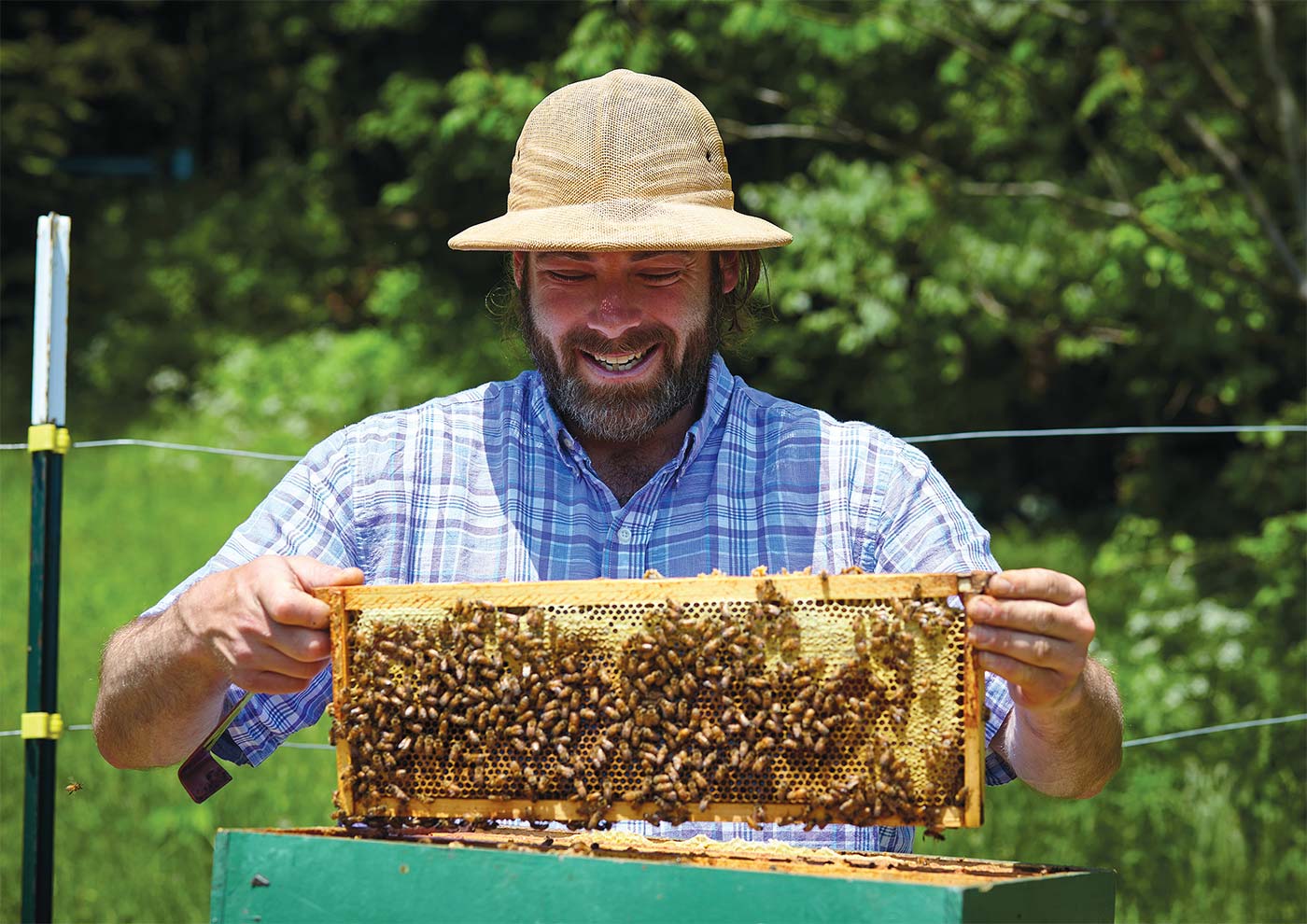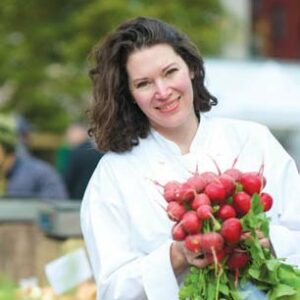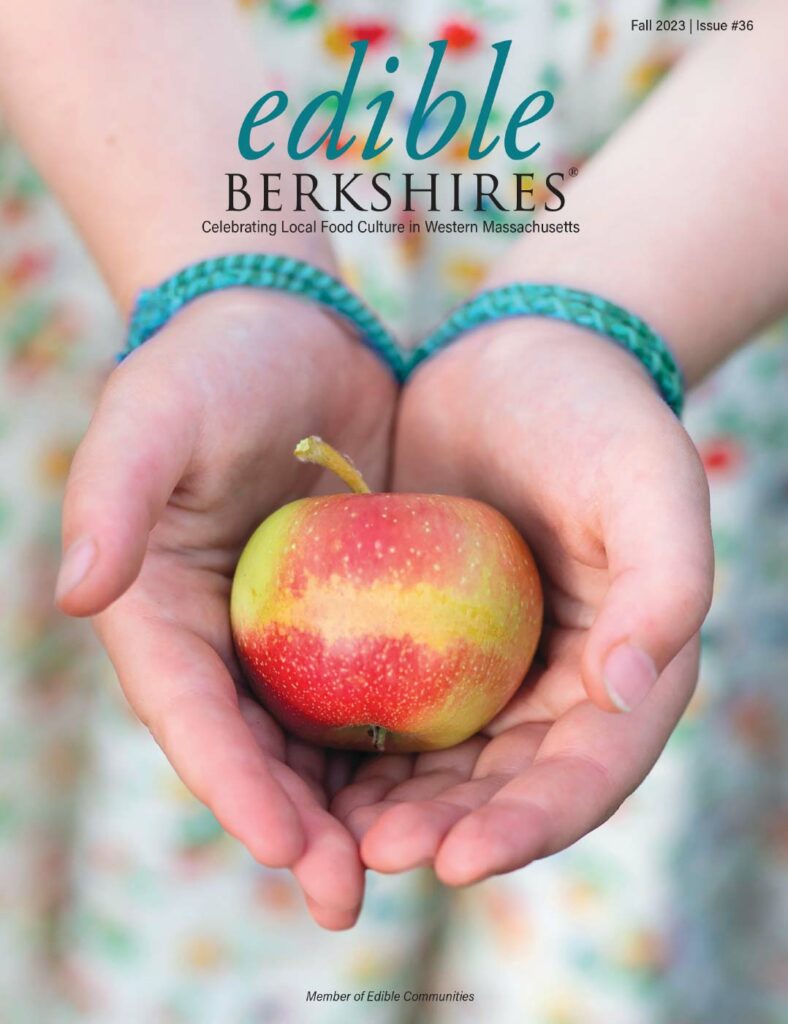
A Talk with Asher Silverwolff
Instead of visiting his honey bee hives as planned, Asher Silverwolff and I met over coffee in downtown Great Barrington. It was an early April morning around 10 a.m., quite chilly outside, and the bees were still hunkering down and not interested in socializing. And in many ways the bees are the boss. Or at least essential partners in Asher’s enterprise, Bee Resonance Project, which installs and manages hives in the Berkshires, the Hudson Valley, and in Northeast Connecticut on behalf of residents, farms, and other organizations. “We train current and future beekeepers and work with schools to spread the importance of honey bees and native pollinators,” Asher says. “Honey bees pollinate 75% of our edible plants in this region.”
He does his work largely unprotected, wearing only a pith helmet— no veil, gloves, or bee suit. To calm the bees, he fires up a smoker with familiar and bee-friendly ingredients, like narrow-leaved goldenrod, cedar, and propolis. But mainly his protection is his force field of caring and loving energy that he brings to his work with the hives.
Katy Sparks: Can you describe your specific approach to beekeeping?
Asher Silverwolff: I love being in communication and relationship with the bees. I manage a bunch of hives for clients and I help manage the relationship they have with their hives. I ask my clients to not use chemicals or pesticides on their land and to be my eyes and ears when I am not there. The bees are so expressive, and if you tune into what they are saying you can learn a lot. When I go into a hive, I don’t wear a veil, so I can tune in, calm down, and focus. I’m emotionally regulating myself. If I don’t, I get stung. The bees give me a heads-up that they don’t like my bad energy. They fly right into my face as a warning. They are clearly telling me that they want me to be in a calm, happy, and friendly place when I’m visiting them.
KS: So, you know when they are angry or annoyed, and you know when to stay away?
AS: Yes, but it’s more than that. The bees also express their joy and gratitude. Bees and humans have coevolved, and we’ve had a mutually dependent relationship for thousands of years.
KS: Does the honey’s flavor change during the season?
AS: Yes, big time. Magnolia flower gives a very distinct and profound flavor—it’s like eating the perfume of the blossoms. Goldenrod and linden are also very pronounced flavors that can dominate the honey. Our bees are free ranging, so they pollinate whatever is present in their range, which is about a three-mile radius from their hive. Summer solstice is the peak busy time for the hive. The bees are building their honeycomb and raising babies. They go dormant in the winter but stay active by doing cleansing flights to dispose of debris in the hive.
KS: What advice would you give to people who are considering beekeeping?
AS: Find a mentor, take a class, join a club. The people who are going to save the bees are the hobbyist beekeepers—the ones who have the time, space, and probably money to focus and tend to the true needs of the bees and to be bee-centric, as opposed to the profit-driven mindset of the commercial beekeeper.
KS: What’s the most surprising lesson you’ve learned through beekeeping?
AS: Probably just how love-oriented they are. There’s this high role in nature they play as the conduits of love. They pollinate so that flowers can have babies, but the worker bees, who are female, abstain from sex. It’s just the queen and the drones (males) that mate. So there’s a powerful commitment to the collective good. We have a lot to learn and be grateful for in the ways that bees hold community.








